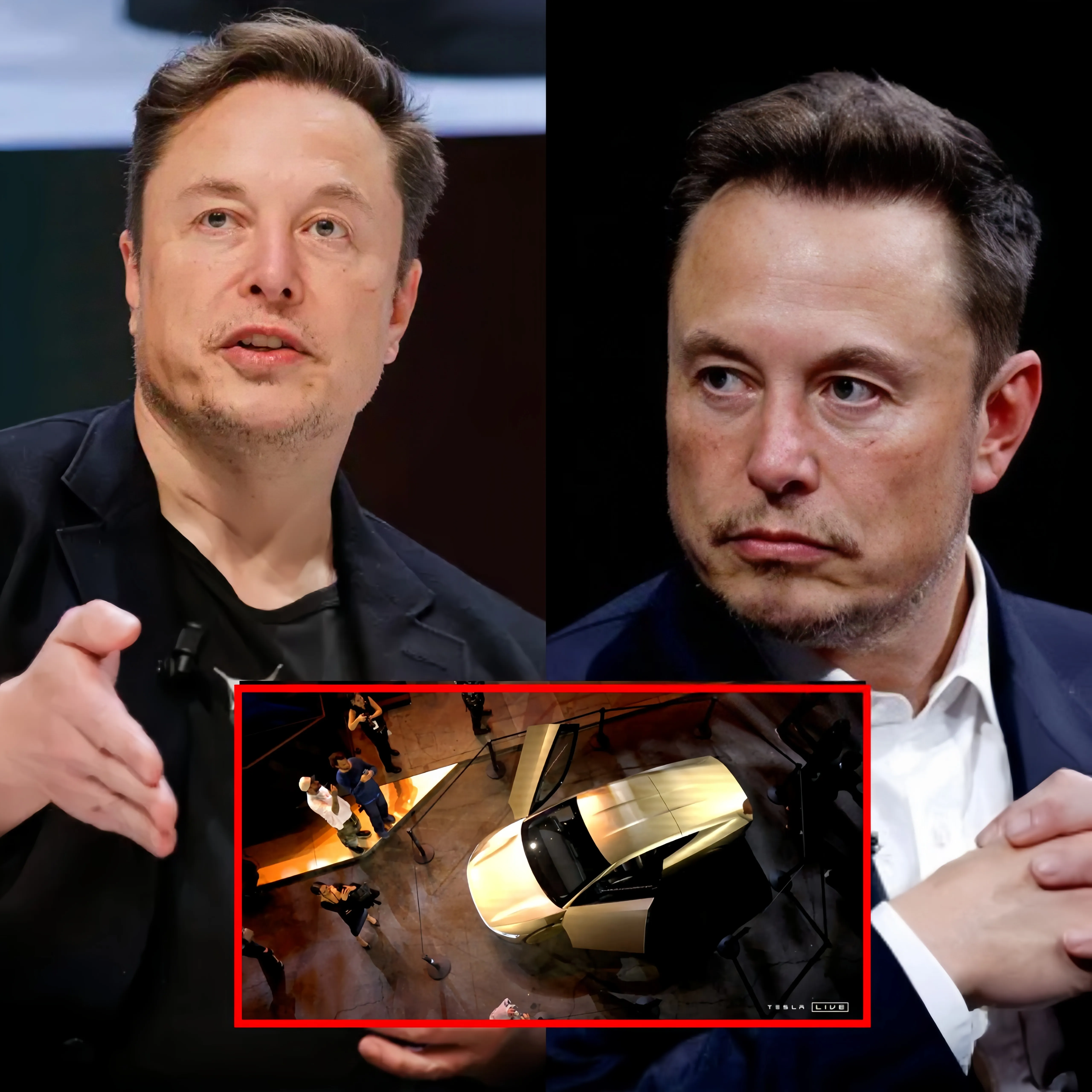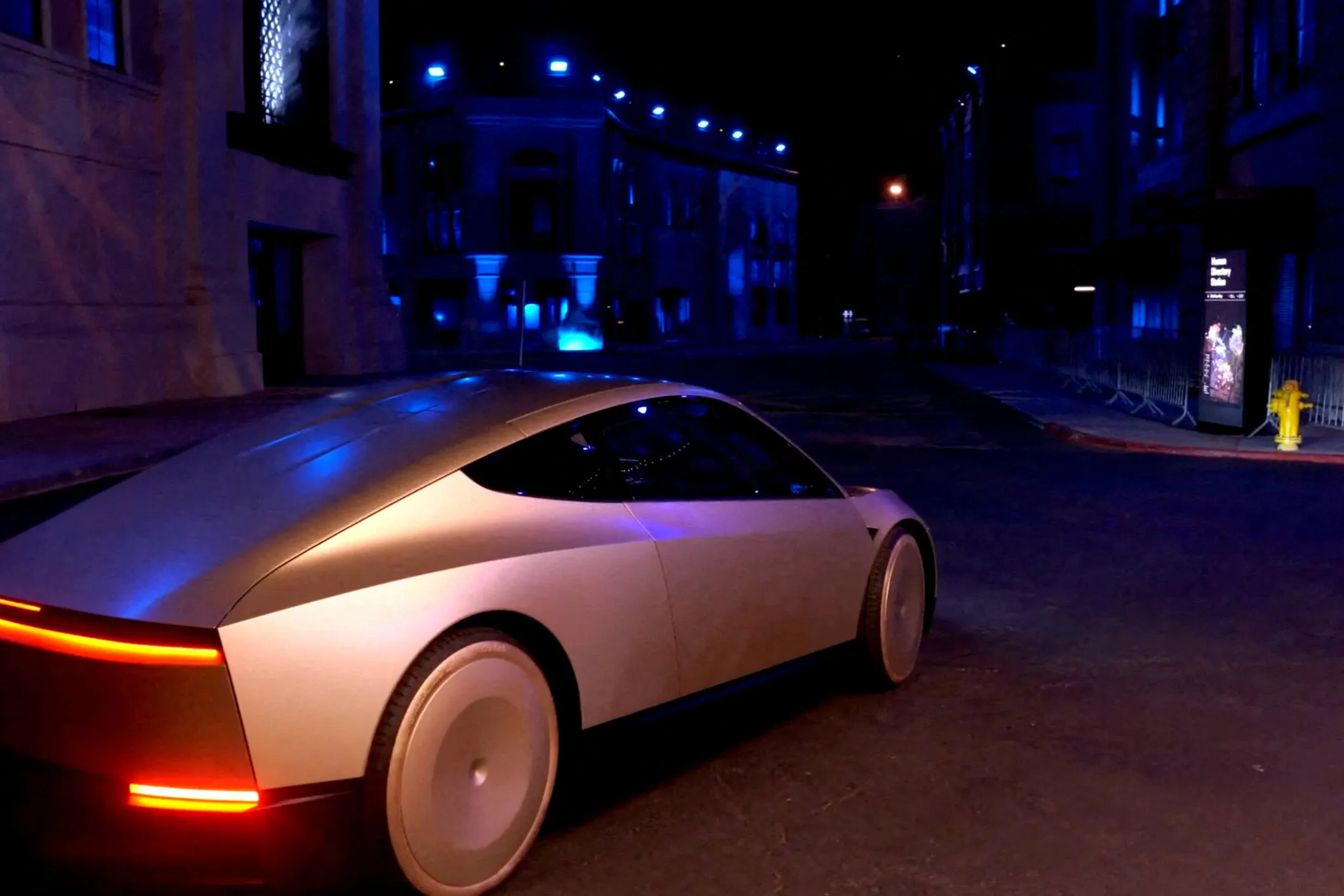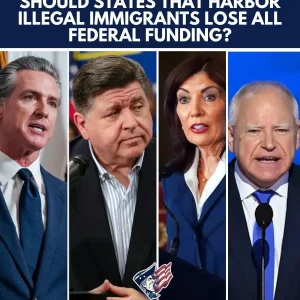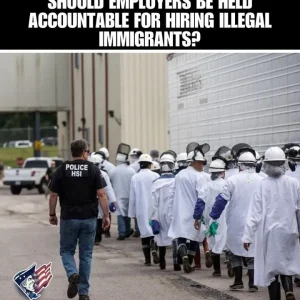 Elon Musk’s ambitious vision for a fleet of self-driving robotaxis, initially introduced over eight years ago, now appears to be struggling as other industry giants surge ahead with substantial investments. The billionaire entrepreneur had promised a future where autonomous Tesla vehicles would dominate the roads, offering a revolutionary alternative to traditional transportation. However, despite years of bold claims and hype, the reality has not aligned with Musk’s projections.
Elon Musk’s ambitious vision for a fleet of self-driving robotaxis, initially introduced over eight years ago, now appears to be struggling as other industry giants surge ahead with substantial investments. The billionaire entrepreneur had promised a future where autonomous Tesla vehicles would dominate the roads, offering a revolutionary alternative to traditional transportation. However, despite years of bold claims and hype, the reality has not aligned with Musk’s projections.

The most significant setback for Musk’s vision is the lack of regulatory approval and technological breakthroughs that would enable truly autonomous driving at scale. Tesla’s Full Self-Driving (FSD) software, while popular among early adopters, has faced numerous delays and criticism regarding its safety and effectiveness. The company has yet to secure the necessary permits for a full-scale rollout of self-driving taxis in major markets.

Meanwhile, competitors like Waymo, Cruise, and other tech giants have invested over $30 billion into advancing their autonomous vehicle programs. These companies have managed to secure approval for pilot programs in select cities, showcasing significant progress with real-world deployments of self-driving taxis. As a result, they are beginning to attract market attention, leaving Tesla seemingly lagging behind in a race it once aimed to dominate.

This shift has led to a notable impact on Tesla’s market perception, with investors questioning whether Musk’s lofty promises will ever materialize. While Tesla remains a leader in electric vehicles, the dream of a robotaxi network that could reshape urban transportation remains distant. With competitors making headway and regulatory hurdles still in place, the once-promised future of Tesla’s self-driving cars remains elusive, raising concerns about whether Musk can regain the momentum in this increasingly competitive field.






